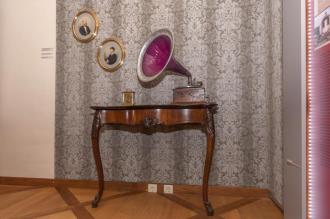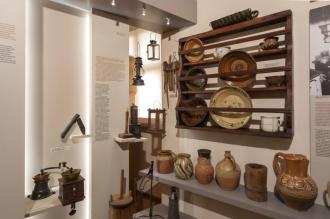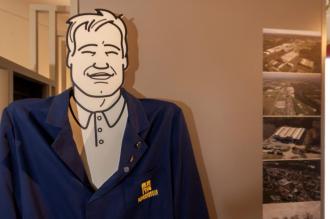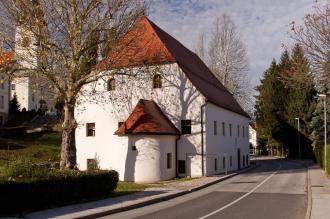The Radgona Bridges
Museum Špital
Maistrov trg 1, Gornja Radgona
Visit announcements:
T: +386 (0)2 564 88 85
E: spital@kultprotur.si
The Spital Museum Collection was set up from objects and documents collected by local collectors in the wider area of Gornja Radgona. Archaeological material from protected archaeological excavations on the castle hill was added to them. The collection includes archaeological, ethnological, artistic, and other cultural-historical objects, documents and testimonies originating from places in the western part of Styrian Pomurje or in any way related to their history and the history of people who inhabited it from prehistoric days to the present day. The collection is part of the permanent collection of the Pomurje Museum Murska Sobota.
The permanent exhibition on display in the renovated building of the former Radgona Spital, whose early phase dates to the 14th Century, is titled Bridges of Radgona. The story of Gornja Radgona and its immediate surroundings has always been the story of the bridge. Not only the bridge over the Mura River, which connected the ancient town of Radgona with the suburbs of Gris, the castle hill, and the seat of the Gornja Radgona area; not just about the bridge that today connects two towns and two countries – but as a wide-open space for socialising and dialogue. The bridges of Radgona are bridges from the oldest period of this area, which is attested in prehistoric and early mediaeval remains on the castle hill or in Hallstatt and ancient cemeteries in its hinterland. These are the bridges of the family and political history of the hinterland of a thriving mediaeval town on the island of the Mura River, the surrounding castles, and wine-growing hills; bridges between urban and suburban populations, bridges between vineyard owners and winemakers, and rich traditions of wine and champagne production; bridges that lead us through political, economic, and human crises and prosperity. The Bridges of Radgona are bridges between church history and folk belief, bridges to human life; bridges to a rich spiritual and cultural history marked by recognised and unrecognised individuals around the world. The Bridges of Radgona are bridges between two ethnic and linguistic groups that have lived in this area since the time of settlement. Between the Slovenes and the Germans, who in the national awakening, in terrible wars and revenge, knew how to demolish all bridges, but also to build and maintain them.
In the Renaissance Hall on the ground floor, there is an art collection of works by Styrian painters and sculptors of the 18th and 19th centuries. The open attic with a uniquely preserved roof structure is intended for a demonstration ethnological depot and temporary exhibitions.






